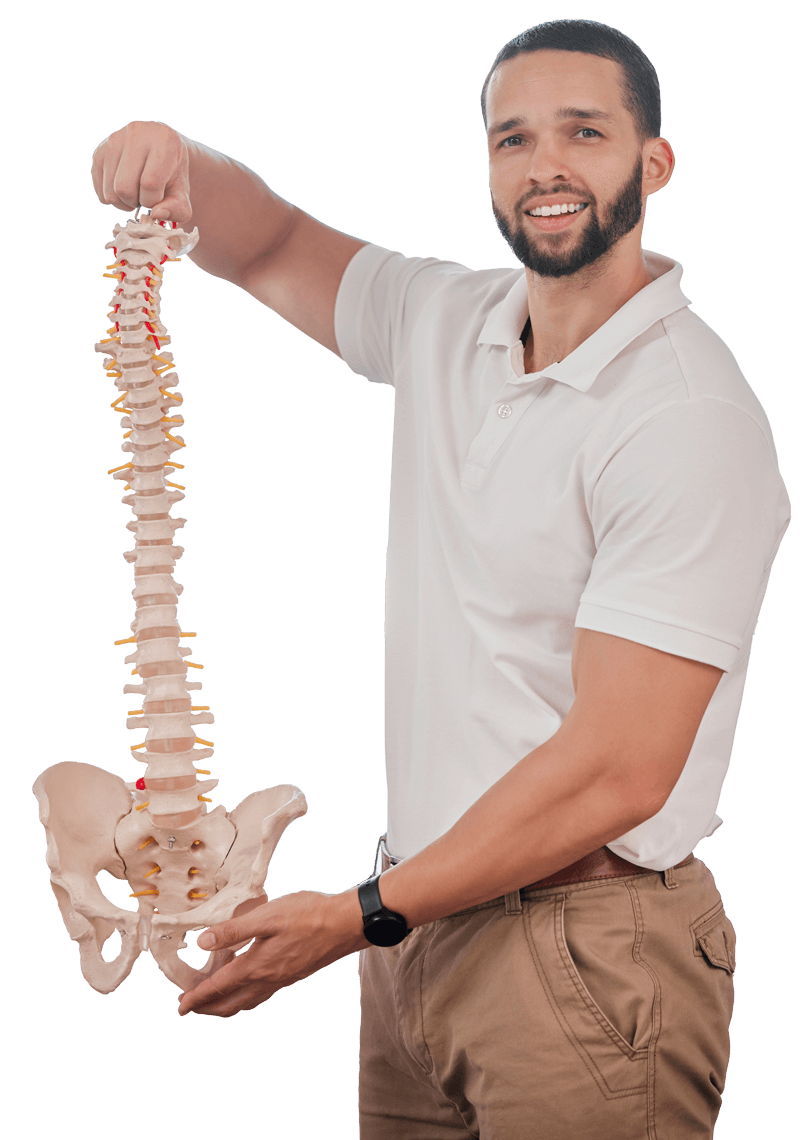Rest: The initial phase of concussion treatment often involves physical and cognitive rest to allow the brain to heal. This may include reducing or avoiding activities that worsen symptoms, such as screen time, strenuous exercise, or mentally demanding tasks.
Symptom Management: Medications may be prescribed to manage specific symptoms of concussion, such as headaches or nausea. Over-the-counter pain relievers and anti-inflammatory drugs can help alleviate discomfort.
Monitoring: Close monitoring of symptoms is essential during the recovery process. Healthcare professionals will track symptoms over time to assess progress and determine when it’s safe to gradually increase activity levels.
Gradual Return to Activity: Once symptoms begin to improve, a gradual return to activity protocol may be implemented. This typically involves slowly reintroducing physical and cognitive activities while monitoring for any recurrence of symptoms. Progression through the return to activity protocol is individualized based on the patient’s symptoms and response to activity.
Multidisciplinary Approach: In some cases, concussion treatment may involve a multidisciplinary team of healthcare professionals, including physicians, physical therapists, occupational therapists, neuropsychologists, and athletic trainers. This team approach ensures comprehensive care and support throughout the recovery process.
Education and Counseling: Patients and their families may receive education and counseling about concussion management, including strategies for symptom management, coping techniques, and the importance of gradual return to activity.

